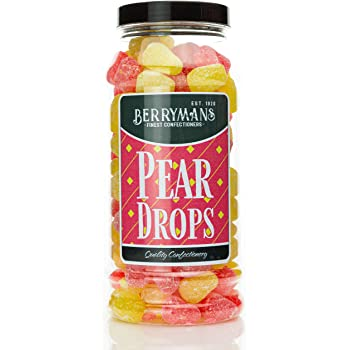37 pages. Is there a recent summary? I have a couple of packets of 34/70 in the fridge that I need to use up; a couple of years old. That's one that works but is not by consensus the best, right? What yeast, preferably dried, is the best for mimicking a real lager?
I plan on fermenting at about 58 to 60 degrees; whatever the corner of my basement is in late winter. Then warm it up to maybe 65 or so for a couple days right before bottling. What's next, keep the bottles at 68 for a week and then refrigerate for a month before drinking? (except for one, sampled two weeks after bottling, of course)
I plan on fermenting at about 58 to 60 degrees; whatever the corner of my basement is in late winter. Then warm it up to maybe 65 or so for a couple days right before bottling. What's next, keep the bottles at 68 for a week and then refrigerate for a month before drinking? (except for one, sampled two weeks after bottling, of course)


 )
)















![Craft A Brew - Safale S-04 Dry Yeast - Fermentis - English Ale Dry Yeast - For English and American Ales and Hard Apple Ciders - Ingredients for Home Brewing - Beer Making Supplies - [1 Pack]](https://m.media-amazon.com/images/I/41fVGNh6JfL._SL500_.jpg)










































